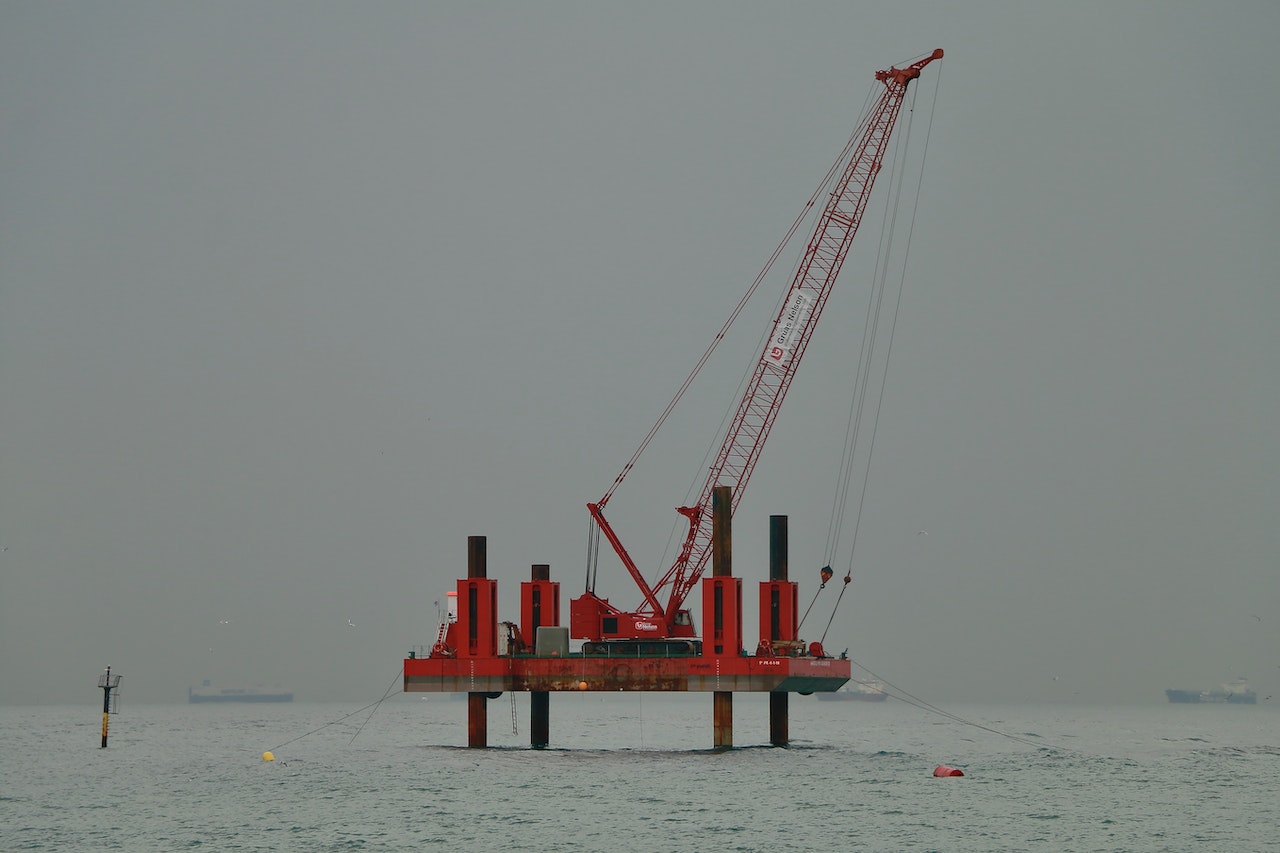In a week marked by diplomatic overtures between the United States and Saudi Arabia aimed at ensuring stability in the Middle East, oil prices clung to their recent declines. Global benchmark Brent crude exhibited minimal fluctuations, hovering around the $88 per barrel mark on Tuesday, a slight relief after having approached $94 per barrel just last week.
The key development contributing to this stabilization came from the White House, which announced that the United States and Saudi Arabia had reached an agreement to actively pursue diplomatic efforts to maintain peace and stability in the Middle East. This diplomatic initiative, in turn, helped alleviate concerns within the oil market about potential disruptions.
On the supply side, the United States had been offering its oil reserves to European markets at historically low levels. This was primarily due to a combination of factors including a slump in refinery profits and soaring freight costs, which exerted significant pressure on key market indicators at the front end of the futures curve. The American Petroleum Institute, an industry-funded organization, reported a decline of 2.67 million barrels in nationwide crude inventories over the past week, albeit with stockpiles in the Cushing, Oklahoma storage hub showing a slight increase. Official inventory figures for the nation are scheduled for release on Wednesday.
The recent history of oil prices has been closely linked to the ongoing situation in the Middle East, particularly the conflict between Israel and Hamas. Initially, crude prices surged due to concerns about the potential escalation of hostilities, which could imperil oil exports from Iran and disrupt critical shipping routes. However, these fears have receded in recent days. The shifting dynamics within Israel, marked by calls to reconsider the extent of a ground invasion in Gaza, have contributed to this improved sentiment. Vishnu Varathan, Asia head of economics and strategy at Mizuho Bank Ltd, noted that the oil market appeared to respond positively to the possibility of avoiding a ground invasion in Gaza, indicating that the threat of a more widespread conflict involving nations like Iran and Lebanon remains a live risk.
In addition to these regional developments, oil prices have been influenced by the ongoing OPEC+ agreement, a cooperative effort among major oil producers, including Saudi Arabia and Russia, to curtail oil output. Saudi Arabia, in particular, has taken unilateral measures to reduce its oil exports for the month of April with the aim of stabilizing oil prices.
While the recent easing of tensions in the Middle East is undoubtedly a welcome sign for the oil prices in the global market, it’s important to recognize that supply and demand dynamics within the global oil industry continue to exert pressure and caution. The situation remains fluid, and participants in the industry are closely monitoring developments in the Middle East and their potential impact on oil prices.
As the situation continues to evolve, it’s clear that the world will be closely watching not only diplomatic efforts but also the ever-sensitive pulse of the oil market.
Source: Bloomberg



